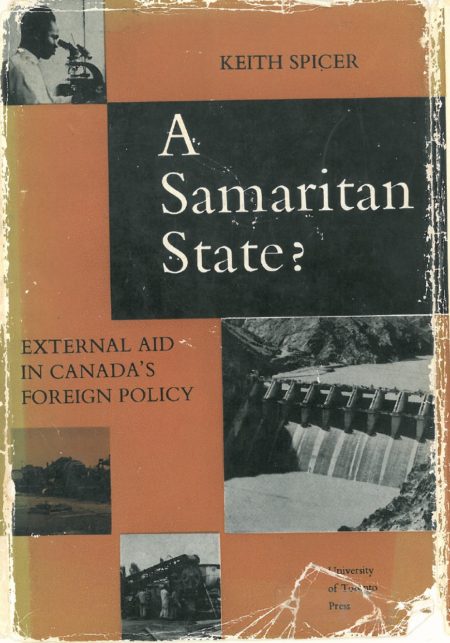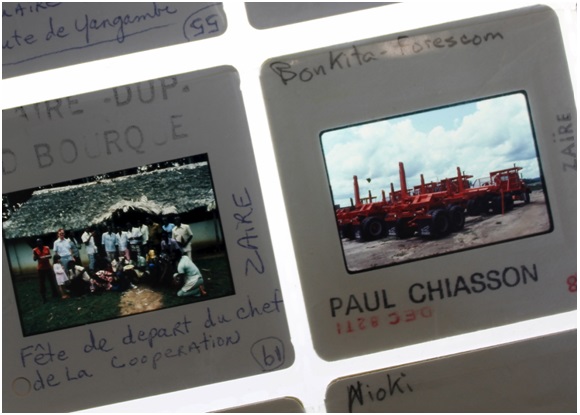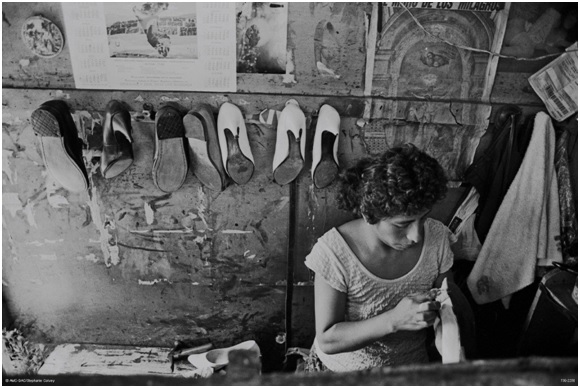by Tyler Owens
On December 12th and 13th 2016, the conference A Samaritan State Revisited: Historical Perspectives on Canadian Foreign Aid, 1950-2016 was held at the Global Affairs Canada Lester B. Pearson Building in Ottawa. The aim of the conference was to explore the development of Canadian foreign aid over the preceding 60 years. (In footnote: 2016 was also the 60th anniversary of the publication of A Samaritan State?, among the first scholarly analyses of Canada’s foreign aid policy, written by Dr. Keith Spicer.) Prior to the official opening of the conference, archivists, historians, and members of the aid sector from Quebec and Ontario gathered for a workshop session. The aim of this session was to bring together colleagues from all branches of aid history; those gathered were experts in the archival, library, and document management sciences related to the production, preservation, and use of archives on humanitarian aid. The workshop therefore facilitated the sharing of tips, procedures, and best practices for researching the history of Canadian aid.
The workshop took the form of seven presentations followed by a brief question period.





